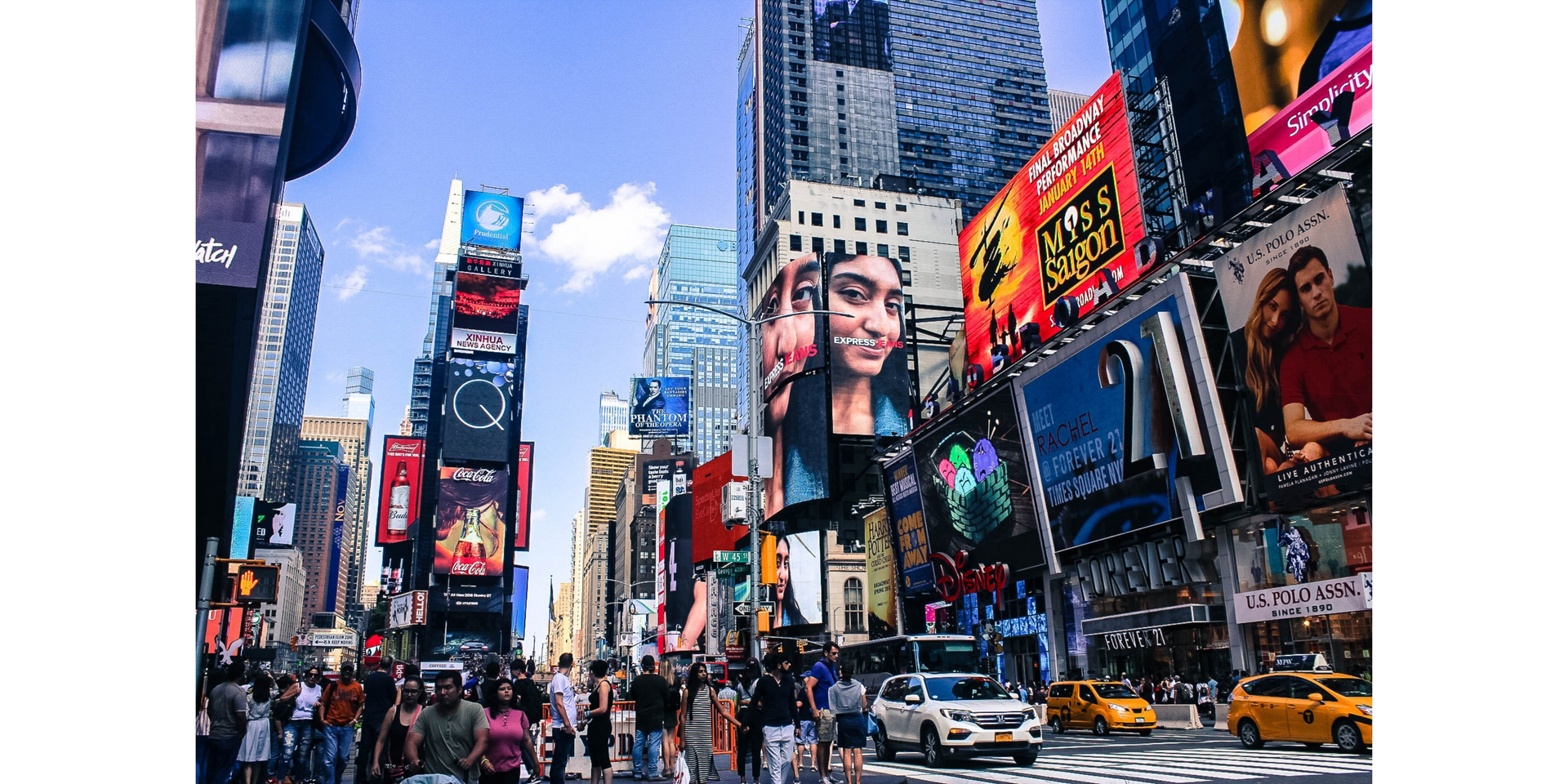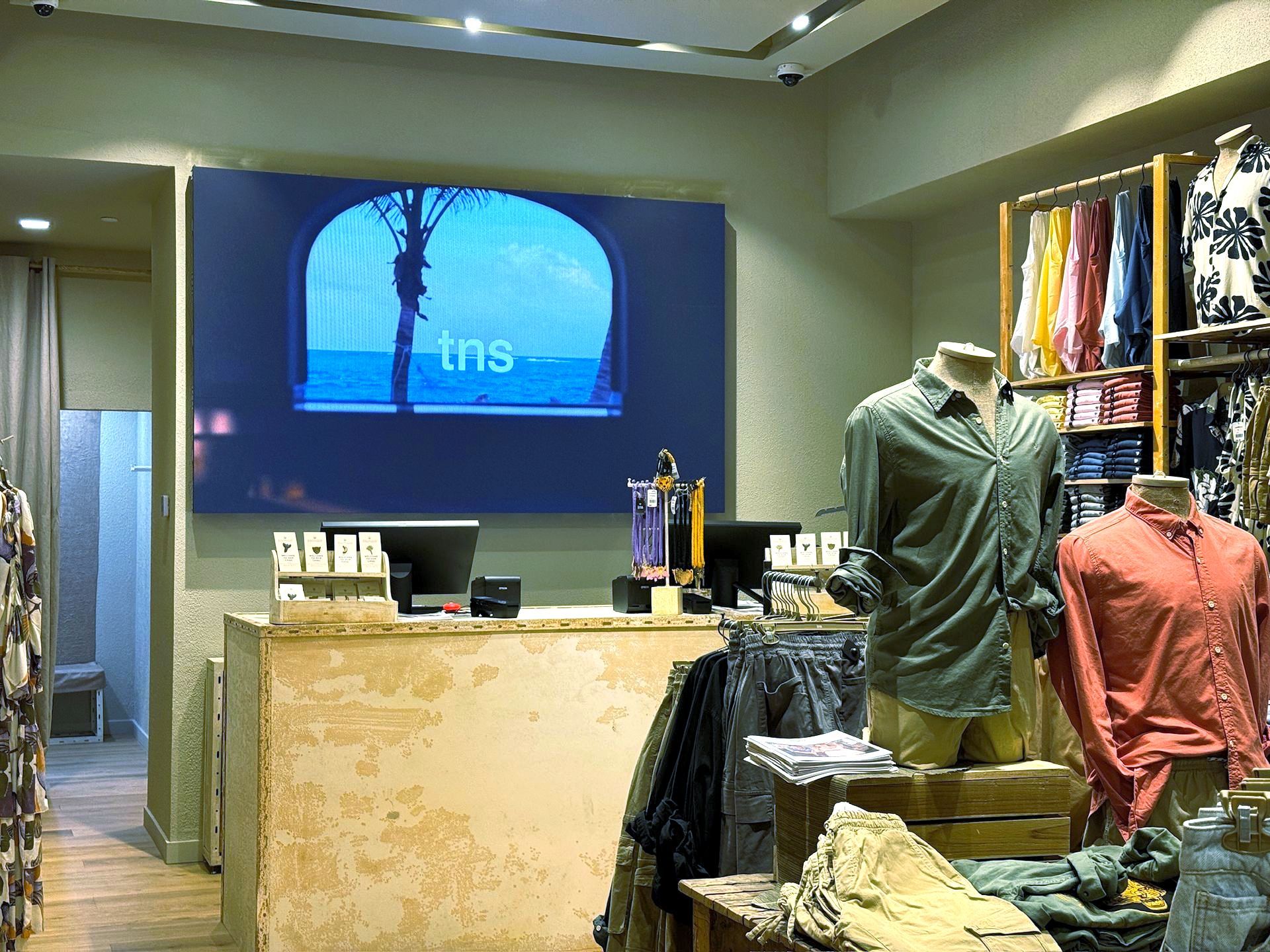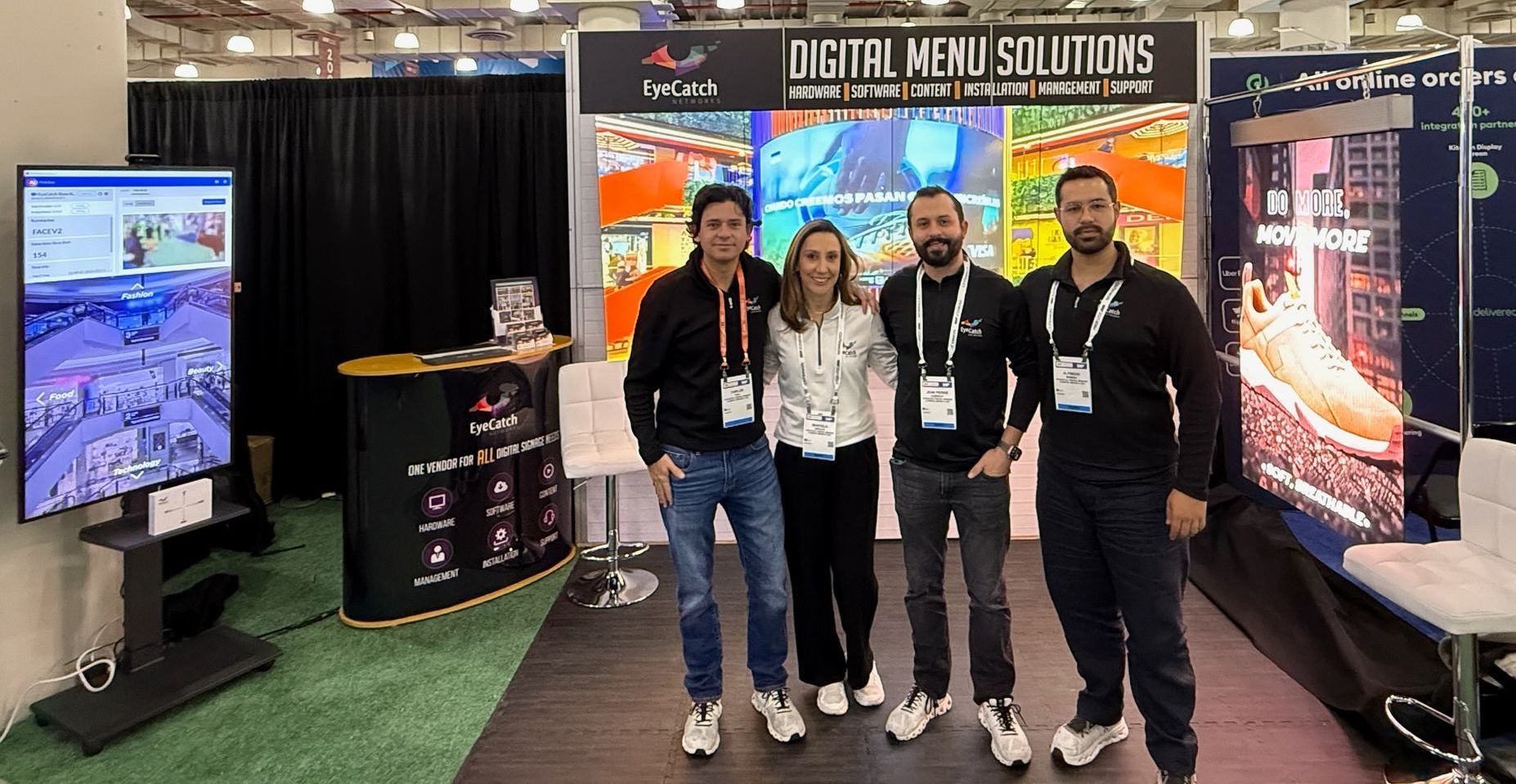Reasons To Switch To Digital Signage
Digital signage is of growing importance to restaurants, for reasons that reach far beyond the ability to display menu items. Engaging digital signage can be a key differentiator in the customer experience by educating guests about menu items, driving craving, reducing perceived wait times, and more.
The primary order of a potential customer when in restaurants are sight, smell, sound, touch, and taste. Through the usage of appropriate mediums, we can capitalize on these senses to increase their purchase patterns
Why and how is digital signage important for restaurants?
Connection
Platforms are converging to create a much more integrated experience, not just for the customer, but across systems.
EyeCatch digital signage platforms have the ability to connect with POS and other systems. For instance, when inventory runs low, items can automatically be pulled from digital menu boards, alleviating customer frustration and disappointment. As more and more technology platforms move into the cloud, restaurants can take advantage of opportunities to integrate systems and reduce disconnects and disruptions.
Content
Good content engages and informs customers. EyeCatch uses cloud-based digital signage management platforms making it easier than ever to customize content based on customer needs and context, and test performance.
The ability to quickly update and highlight local produce picks for the day and push it to all screens was one of the biggest drivers in choosing to deploy digital signage. Digital displays also give restaurant marketers the power to hone in on effective messages, making sure they are the right fit for the right audience by testing responses.
Restaurants can also customize content based on location. If something sells to a particular demographic, at a particular time of the day, EyeCatch content managers can quickly customize content just for that menu board in that segment in a way that is faster and less expensive than traditional print, said Flanigan.
Cost
With costs to source images, create content, and implement traditional methods of display using posters, standees, and tent-cards to communicate specific promotions/offers going up, restaurants need to evolve and begin using more cost-effective methods of advertising. Over the past two to four years, the ability to buy and install digital menu boards has dropped dramatically, as has installation time. With increased demand of products, in the least amount of wait time, it is crucial that restaurants cater to the increased needs of its patrons and clients.
The creation of templates has driven the cost and speed of developing content down. Graphics and effects that might have taken a significant amount of time, skill and money to develop are now widely available at a reasonable price in easily editable formats. MAD Greens' Clarke looked at what he was spending on print materials, especially the costs of menu changes over the course of a year or more, and quickly saw that it made sense in his context to go digital.
Design
Design options are not limited to hanging a large, black box or two on the wall behind the register anymore.
Digital menu boards are now part of architectural and design considerations from the beginning of the process. Designers aren't trying to figure out how to incorporate them as an add-on; they are considering placement and utility from the beginning of the design. Designers are looking beyond boxy 16:9 screens and are now looking for digital screen ribbons, seamless installations and projection. That opens up a whole new range of design possibilities, both architecturally and on the screens themselves.
More widespread usage
With the immense success over the past several years, more and more industries are starting to implement digital signage within their businesses.
In 2019 alone:
54% of restaurants deployed or plan to expand their digital signage.
40% of retailers planned to use digital signage in the future.
63% of banks already use or plan to implement digital signage in the future.
As costs drop and innovations become more powerful, it’s expected that even more businesses across multiple industries will start to use digital signage for their in-house advertising needs.
It all comes down to the customer
With all the opportunities to move
digital screens beyond simply being a digital menu board, operators must remain focused on
engaging customers.
The oldest rule in the game is that “Customer is King”. If you’re able to impress them through new products, perfect pricing, and the right offers, they will forever be your brand ambassador.
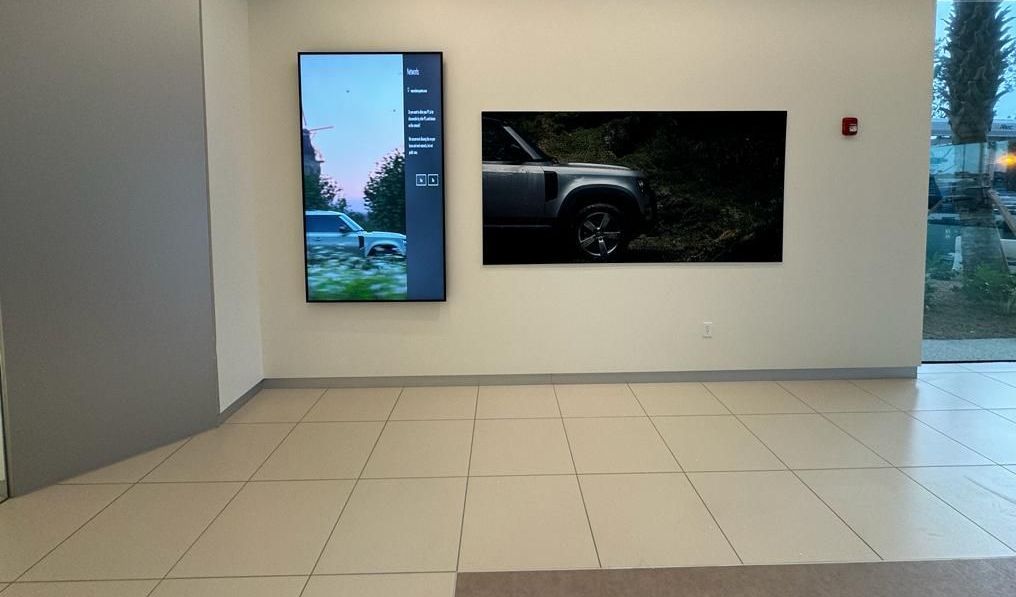
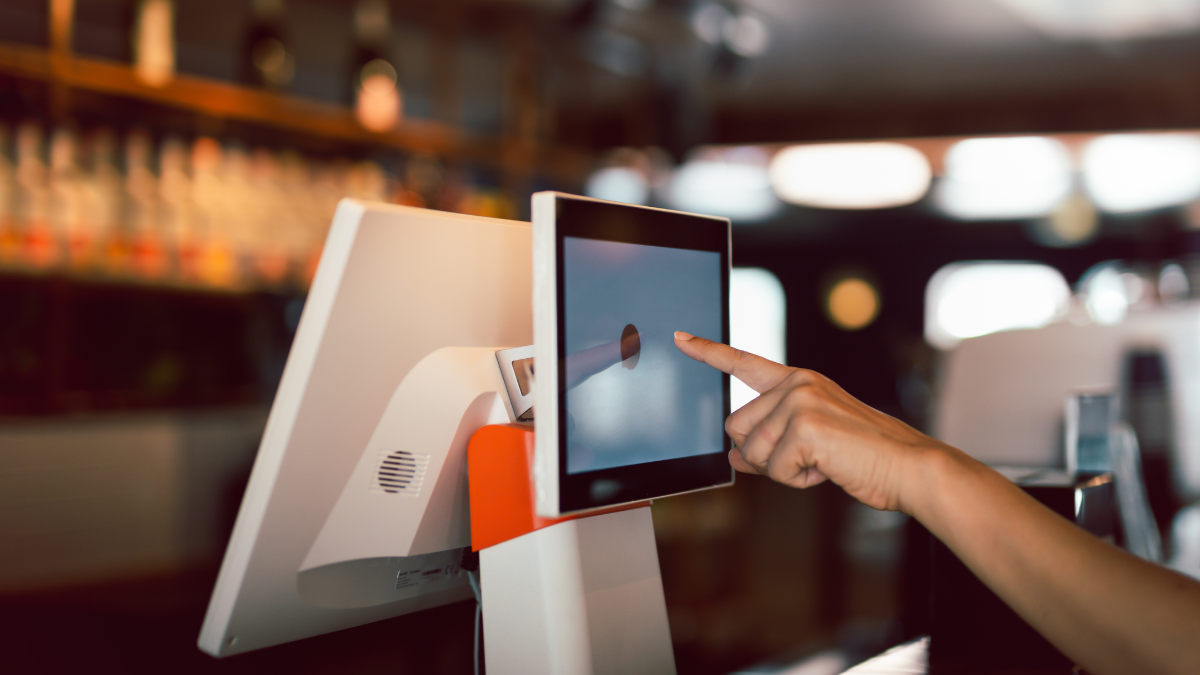

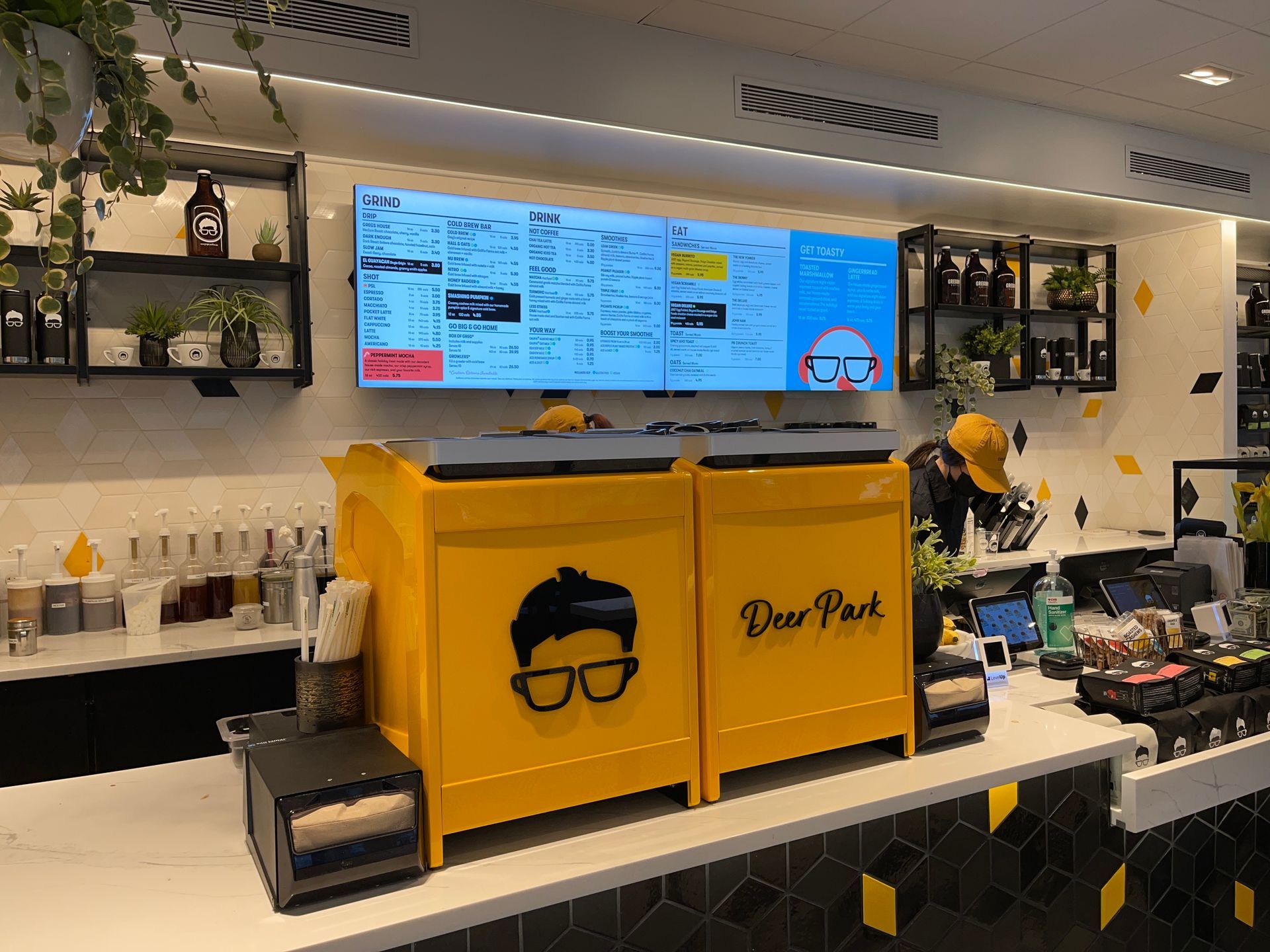
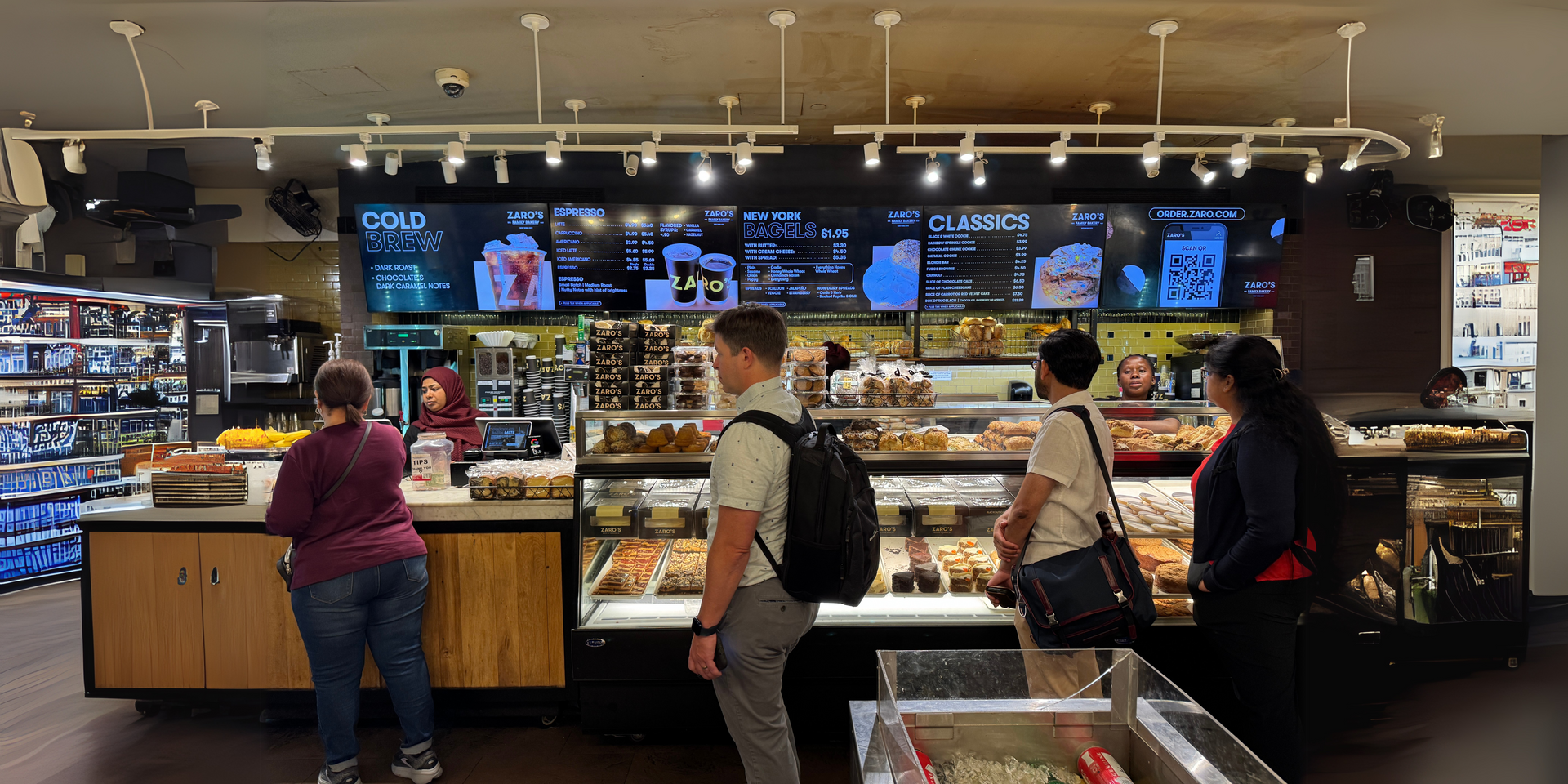
Contact Us
7051 NW 5th Court Miami Fl 33150
Sales: +1 (954) 636-5050
Support : +1 (954) 641-8451
Email:
sales@eyecatch.co support@eyecatch.co
Washington D.C Office
Sales: +1 (502)297-1345
Email: mgiraldo@eyecatch.co
Mexico DF Office
Sales: +52 56-1004-6498
Email::luism.florez@eyecatch.mx
